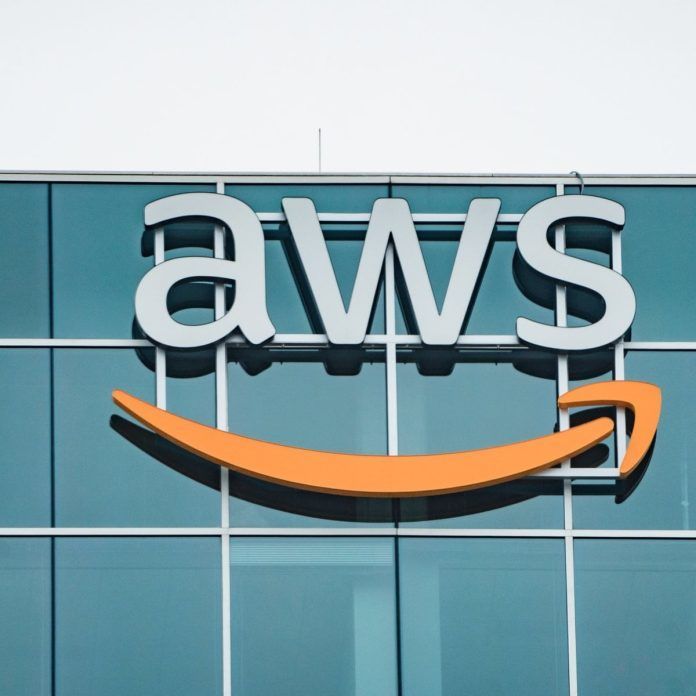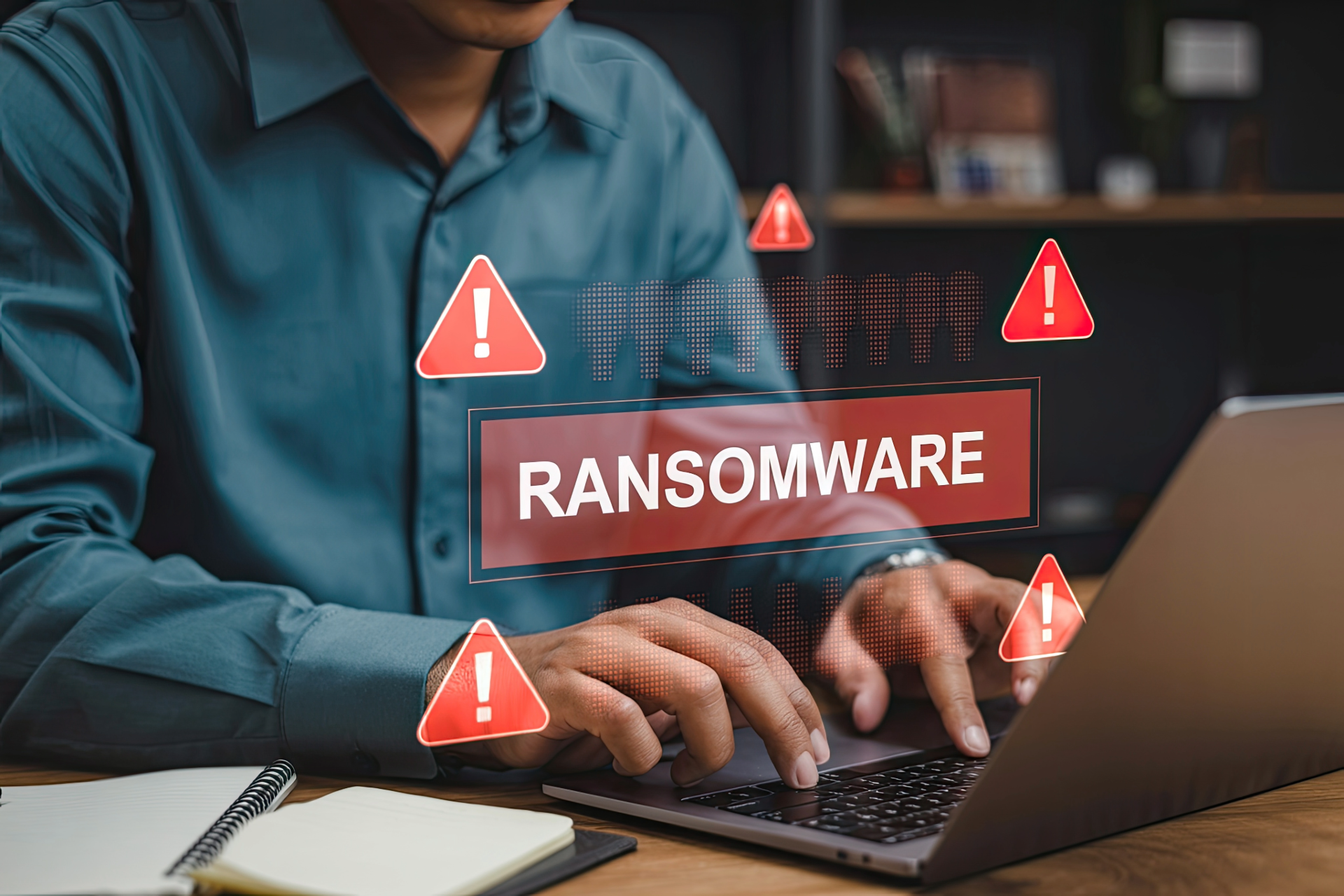That Remote Life: An IT Manager’s Perspective / Chapter 1 Part 2
CHAPTER 1/PART 2: ROUTINE
I caught my Mom in the middle of making dinner for my Dad. The 8 hour difference is a pain sometimes, but it is something we must live with, being so far apart. I didn’t have much time, so I got straight to the point.
I talked to her about the issues I was having and asked her about how she dealt with staying and working at home all those years. She laughed, as I hear her clanging things around the kitchen. I asked her why she was laughing and she laughed some more. I waited for her to stop and told her I was being serious. She sighed and said; “Wayne, you will do anything to get out of cleaning your room.”
Now, my Mom is getting on in years and I know I’m the youngest (the baby), which means that my parents are incapable of seeing me as anything other as a child, but her answer worried me. I said, “Mom, I’m being serious”. She said; “So am I”.
So I didn’t say anything, chatted to her a little bit and ended the call. A little mad and worried about her state of mind, I started work and went about my day. I was thinking about her and the fact she was getting old and that she probably thought I was being unorganized or that I was shirking my chores like I did all those years ago.
The next day, after my shower, I was thinking about the conversation and I scanned my room like I did when I was 10. Looking to see if there was something out of place that she would catch me on and make me stay in the room for another hour. I was thinking back to how horrible it was then and how bored I was and that I always ended up crawling onto the bed and napping.
To be honest, I had spent so much time in my room that I started to feel those old feelings and wanted to just crawl onto the bed nap. Then it hit me, I realized what she meant.




